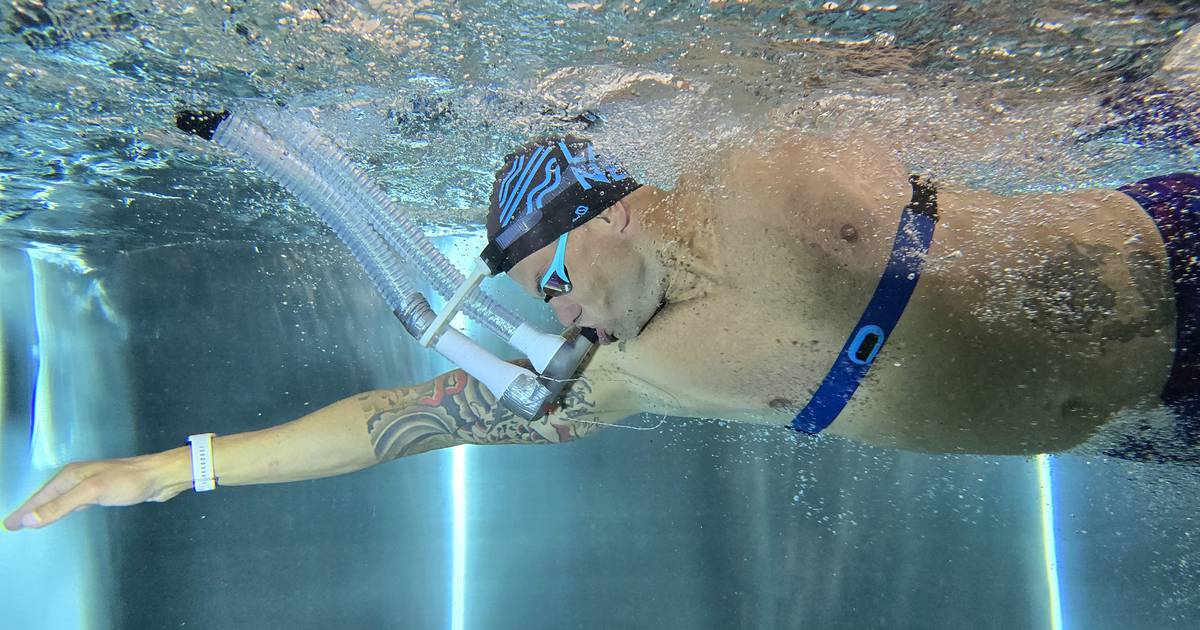Master watchmakers have traditionally been responsible for the intricate mechanics of classic watches, but in today’s world, scientists and engineers play an equally important role in the development of smart watches. These advanced watches are common on our wrists, tracking our steps, swimming strokes, pulse, saturation, calories burned, and various other parameters that are crucial for monitoring sports activities. Huawei’s Health Lab in Helsinki is at the forefront of creating the foundations for wearable gadgets that will shape the future.
The Health Lab facility may appear like a large gym at first glance, but it is a meticulously designed science center equipped with real sports environments tailored for over 20 sports. Scientists at the lab reveal that each device is multifunctional, monitoring more than 200 physiological and biomechanical indicators. The lab includes areas like a multi-purpose treadmill, treadmill with instruments, an open gym for cardiovascular exercises, a ski simulator, and a counter current pool, each designed to simulate real scenarios to optimize athlete performance.
Athletes like Finnish triathlete Julia Kekkonen and paraathlete Esa-Pekka Mattila have trained at the lab, contributing to the development of activity monitoring for athletes with disabilities. Huawei is working on enhancing sports features for people with disabilities in wearable smart products, a category that has lacked support in the consumer technology industry. The ski simulator, in particular, offers specialized data to develop algorithms considering the specific physiological requirements of skiing.
The lab integrates various Huawei Watch devices like Huawei Watch Fit 3, Watch GT4, and K5 metabolism mask for precise measurements. These devices and sensors constantly collect data for processing by a team of experts specializing in physiology, artificial intelligence, machine learning, testing, and software development. The collaboration with European universities helps standardize measurements at the European level, enhancing accuracy and reliability in wearable gadgets.
The advanced features and sensors in Huawei smartwatches, including accelerometer, gyroscope, magnetometer, optical heart rate sensor, and ambient light sensor, are a result of years of research and data accumulation. The Health Lab’s partnership with European institutions and participation in initiatives like iCARE4CVD, focusing on artificial intelligence and cardiovascular diseases, underscores its commitment to cutting-edge research and innovation for the future.
